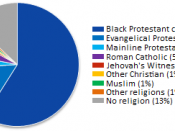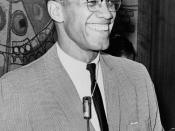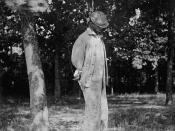Since the early 1900's some formal organizations have evolved with the times and yet some have tried to hold on to their structure from the past. Today there are two organizational models that exist, there is the conventional bureaucracy model (the model of the early 1900's) and the open, flexible organization model (an evolved model of the conventional one). The differences between the two models are great and these differences affect the employees under each differently. Organizations in which a conventional bureaucracy model has the ability to evolve to a flexible organization model, but there are major changes that need to take place in order to complete the transition.
In the early 1900's formal organizations were ran with a specific hierarchy from top to bottom. This was the start of the conventional bureaucracy model, where an organization has a clear chain of command. Orders flow from the top down and performance flows from the bottom up.
Over time this model has remained, but as time went on challenges began to emerge; challenges such as race and gender, competition from foreign competitors, and the rapid change in the nature of the work (Macionis, J.J, 2006).
White males made up 100 percent of the supervisors and upper-management roles in the early 1900's, whereas 90 percent of the workforce was white in general (Leicht, K., Fennell, M., 1997). Women did work in the early part of the 1900's, but they were paid well below low that of white men and were excluded from any type of supervisory or management roles (Barnette, W., Carroll,G. 1995). Segregation in the early 1900's made it very hard for African Americans to find good work and the majority of African Americans worked as share croppers or tenant farmers (Leicht, K., Fennell, M., 1997). Over time women and African...


